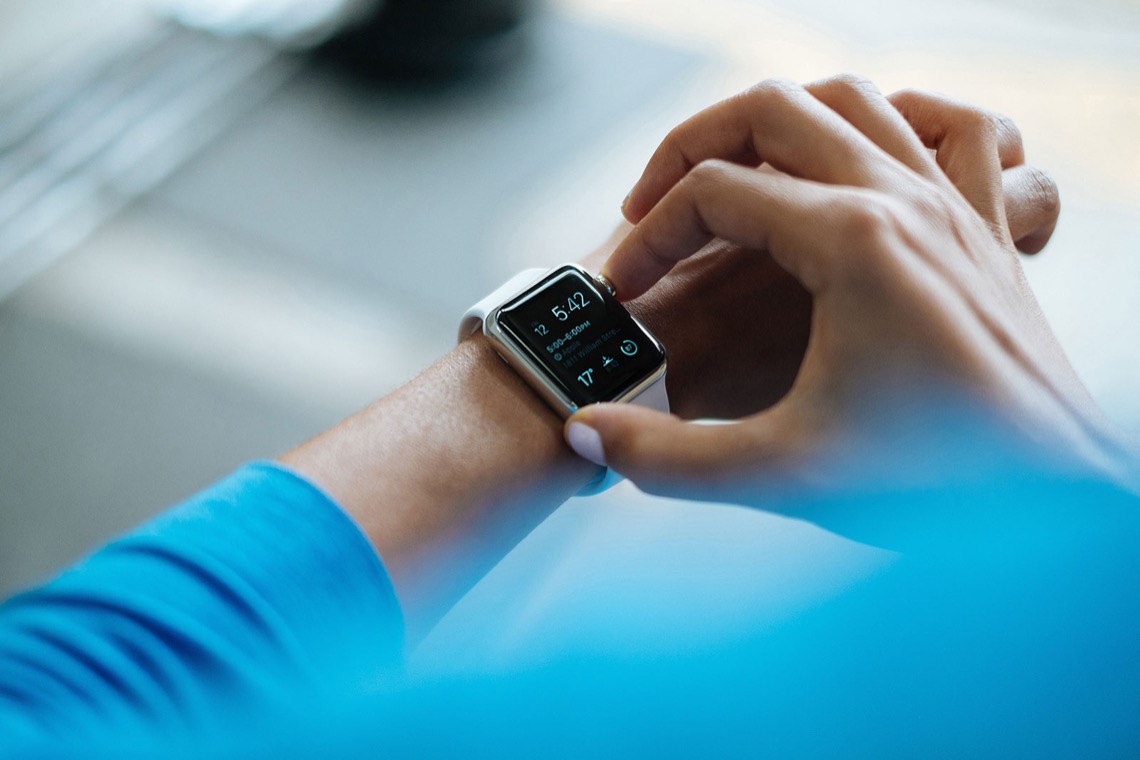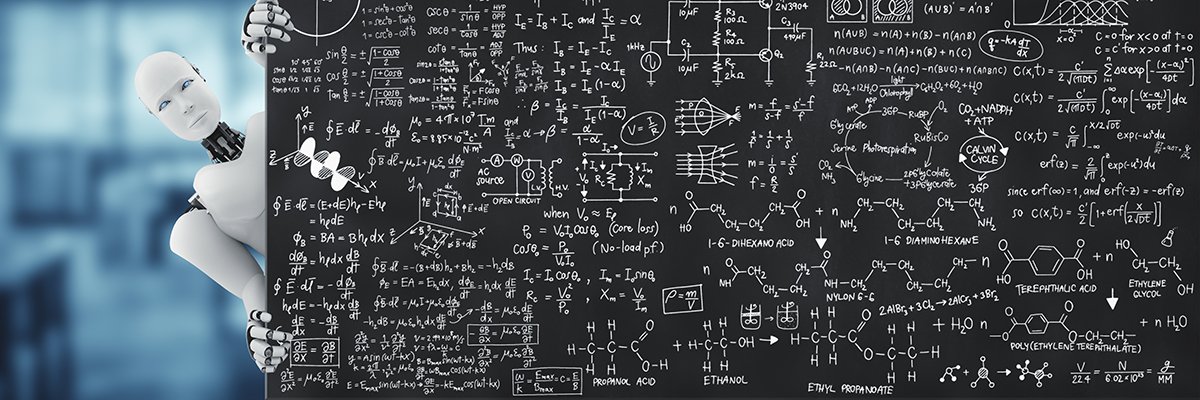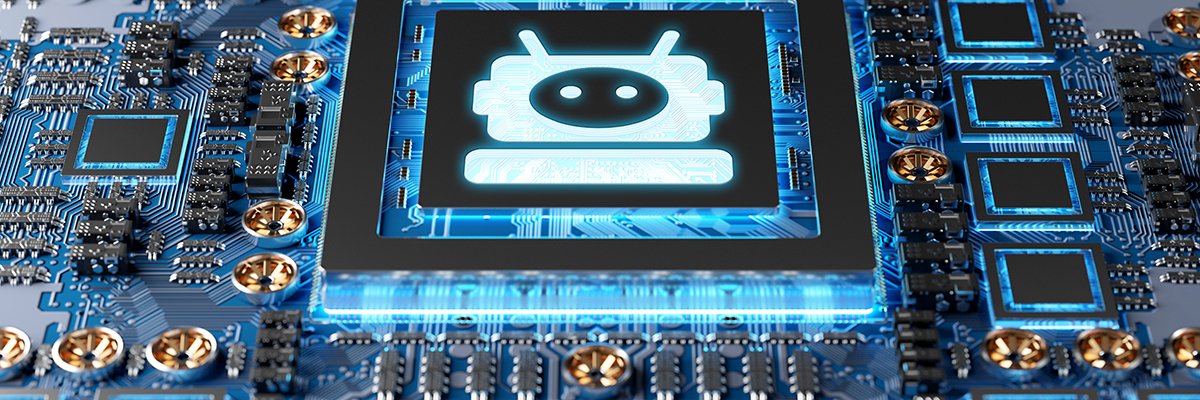
The brand new know-how will let smartphones insert a picture’s provenance information — resembling time, location and the digicam app used to create the picture — on the {hardware} stage, which may assist folks determine actual and faux photos.
Truepic and Qualcomm
Chip big Qualcomm and digicam producer Leica have introduced new know-how programmed into their newest {hardware} that may classify photos as actual or artificial.
With AI-generated content material effervescent up throughout the web, firms and individuals are grappling with methods to distinguish between what’s actual and what’s not. Digital watermarks might be useful right here, however they’re simply eliminated and AI detection instruments are usually not all the time correct.
Now, a number of firms are beginning to roll out know-how that might allow gadgets like smartphones to insert unalterable, cryptographic provenance information — details about how, when and the place a bit of content material originated — into the photographs they create. This metadata, which might be troublesome to tamper with as a result of they’re saved on the {hardware} stage, is designed to make it simpler for folks to verify if one thing is actual or AI-generated.
In accordance with Qualcomm’s VP of digicam Judd Heape, that is essentially the most “foolproof,” scalable and safe approach to differentiate between actual and faux photos. That’s why Qualcomm introduced this week that smartphones like Samsung, Xiaomi, OnePlus and Motorola that use its newest chipset, the Snapdragon 8 Gen 3 Cell Platform, can embed what known as “content material credentials” into a picture the second it’s created.
Equally, German digicam producer Leica introduced this week that its new digicam will digitally stamp each photograph with related credentials —the identify of the photographer, the time and place a photograph was captured.
Each bulletins are half of a bigger industry-wide effort known as the Coalition for Content material Provenance and Authenticity (C2PA), an alliance between Adobe, Arm, Intel, Microsoft and Truepic to develop international technical requirements for certifying the originality and historical past of media content material. Andrew Jenks, the chairman of C2PA, mentioned that whereas enabling {hardware} to insert metadata into photos isn’t an ideal answer to figuring out AI-generated content material, it’s safer than watermarking, which is “brittle.”
“So long as the file stays complete, the metadata is there. Should you begin modifying the file, the metadata could also be stripped and eliminated. But it surely’s form of the very best we have got proper now,” Jenks mentioned. “The query is what approaches will we layer collectively in order that we get a comparatively sturdy response to misinformation and disinformation.”
Qualcomm’s new chipset will use know-how developed by Truepic, a C2PA companion startup whose instruments are utilized by banks and insurance coverage suppliers to confirm content material. The know-how makes use of cryptography to encode a picture’s metadata — resembling time, location and the digicam app — and bind it to every pixel. If the picture was made utilizing an AI mannequin, the know-how equally encodes which mannequin and immediate was used to generate it. Because the file travels throughout the web and is edited or modified utilizing AI or one other know-how, the modifications are appended throughout the metadata within the type of a digitally signed “declare,” much like how a doc is digitally signed. If the picture is edited on a machine that doesn’t adjust to C2PA’s content material credentials, the edit will nonetheless be included within the metadata however as an “unsigned” or an “unknown” edit.
By embedding actual photos with metadata that proves the place they arrive from, the hope is that can make it simpler for individuals who see these photos circulating on the web to belief that they’re actual — or know instantly they’re pretend.
A number of image-creation apps like Adobe’s generative AI device Firefly and Bing’s picture creator already label photos with content material credentials, however they are often stripped or misplaced whereas exporting the file. However Truepic’s know-how creates metadata that shall be saved in essentially the most safe a part of Qualcomm’s chip, the place crucial information like bank card data and facial recognition data can also be stored, in order that it may possibly’t be tampered with, Heape mentioned.
Truepic CEO Jeffrey McGregor mentioned the startup has targeted on proving what’s actual reasonably than detecting what’s pretend — what he calls a extra “proactive” and “preventive” method —as a result of detection methods that try to determine what’s pretend find yourself in an countless “cat and mouse recreation.” That’s as a result of AI instruments are advancing at a sooner charge than detection ways, which depend on discrepancies in AI-generated content material. Newer, extra highly effective variations of AI fashions may create synthetic photos extra resistant to technological makes an attempt at detection.
“In the long term, there’s going to be much more funding into the generative facet of synthetic intelligence and high quality goes to shortly outstrip the tempo of the detectors’ capacity to precisely detect,” he mentioned.
McGregor believes that utilizing smartphone chips to make sure that photos are embedded with details about their origins will scale, he mentioned. However, there’s a setback in implementing this technique: smartphone producers and utility builders should decide in to utilizing it. Qualcomm’s Heape mentioned convincing them to take action is a precedence.
“We’re making the barrier to entry very low as a result of this shall be working straight on the Qualcomm {hardware}. So we are able to allow them straight away,” he mentioned.
One other problem: Some purposes might not assist this newer kind of metadata. Qualcomm’s Heape mentioned he hopes that finally all gadgets’ {hardware} and third-party purposes will assist C2PA’s content material credentials. “I wish to stay in a world the place each smartphone gadget, whether or not it is Qualcomm or in any other case, is adopting the identical normal,” he mentioned.

















/cdn.vox-cdn.com/uploads/chorus_asset/file/25034965/Screenshot_2023_10_25_at_4.00.31_PM.png)
